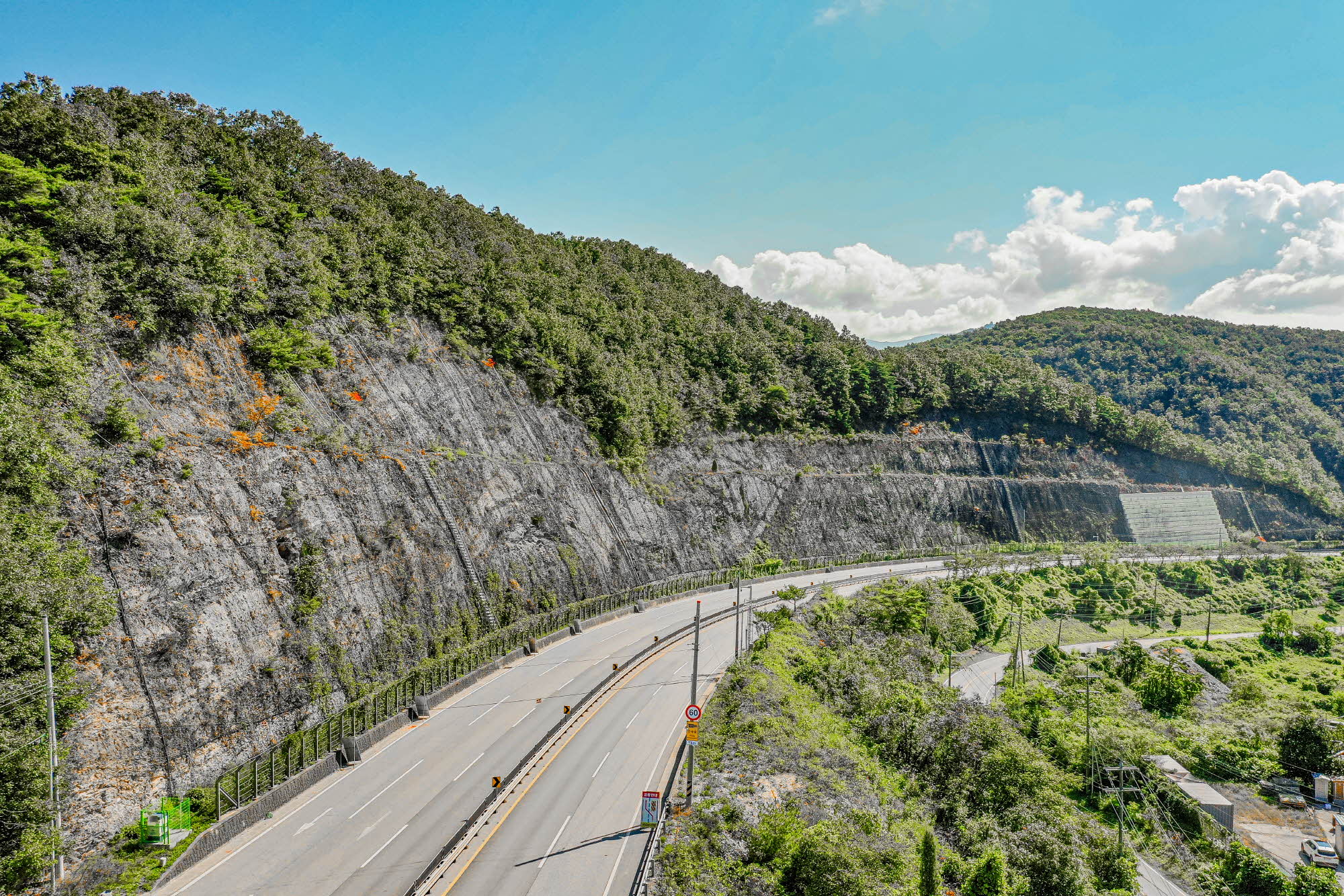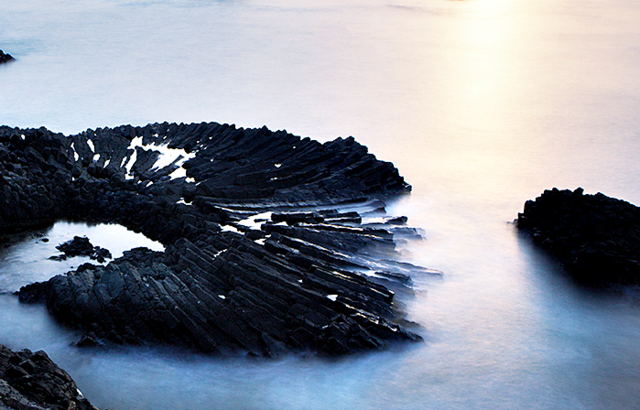Gyeongbuk Donghaean and Danyang Designated as UNESCO Global Geoparks
- DATE
- 2025-04-14


Gyeongbuk Donghaean and Danyang Designated as UNESCO Global Geoparks
On the evening of April 10 (local time), during its 221st session (April 2–17) held at UNESCO Headquarters in Paris, the UNESCO Executive Board officially approved the designation of Gyeongbuk Donghaean and Danyang in the Republic of Korea as UNESCO Global Geoparks.
The Gyeongbuk Donghaean Global Geopark has been recognized for its outstanding academic, educational, and tourism value. It features the Korean Peninsula’s largest Cenozoic fossil sites, key evidence of the tectonic framework formation and magmatic activity in East Asia, and a diverse array of geological landscapes.
The Danyang Global Geopark encompasses representative limestone karst formations in Korea and numerous other geosites of geological interest. Notably, the region reflects 1.3 billion years of geological evolution and plays a significant role in various scientific research fields.
※ UNESCO Global Geoparks are designated areas recognized by UNESCO for their internationally significant geological heritage. They aim to conserve geosites and landscapes while promoting sustainable development. With the addition of Gyeongbuk Donghaean and Danyang, the Republic of Korea now has a total of seven UNESCO Global Geoparks:
Jeju Island (2010), Cheongsong (2017), Mudeungsan Area (2018), Hantangang River (2020), Jeonbuk West Coast (2023), Gyeongbuk Donghaean (2025), and Danyang (2025).


